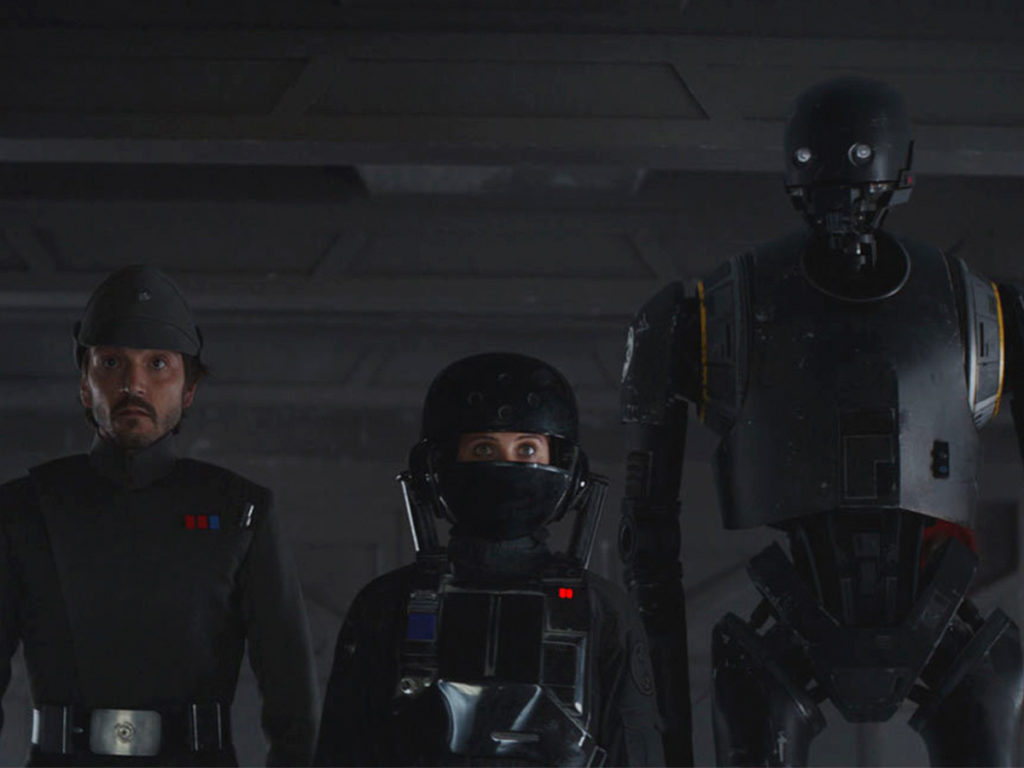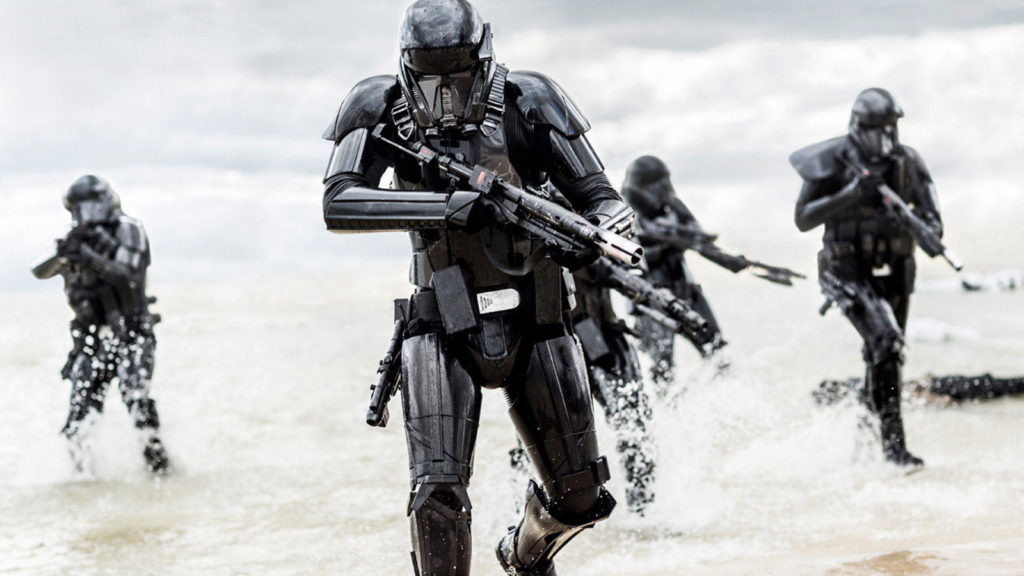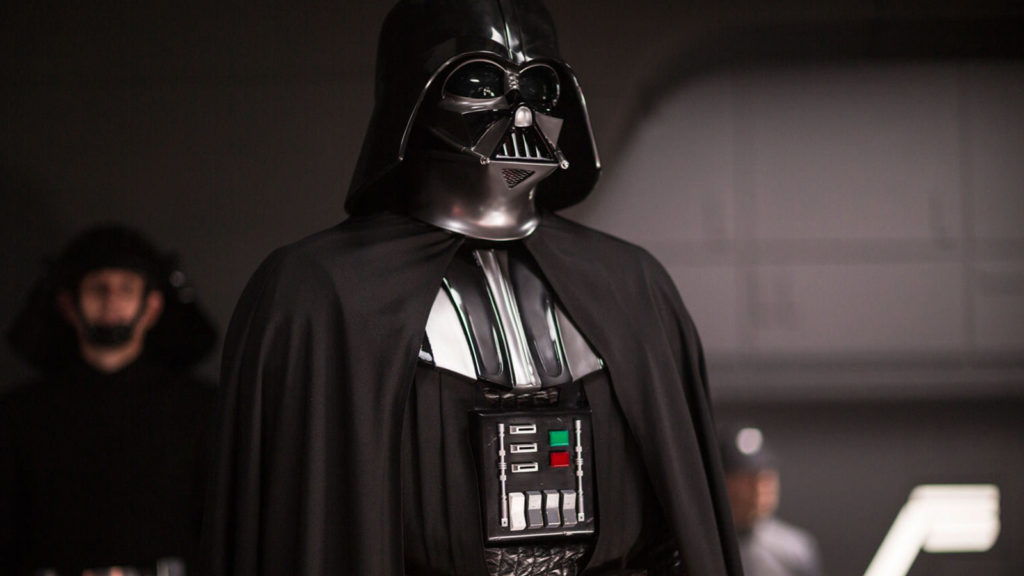“Rogue One” is the first of Disney’s spin-off movies set within the Star Wars universe, but not part of any of the original trilogies. This “Star Wars Story” takes place before the events of “Episode 4: A New Hope”, and from the opening credit lines of the first Star Wars movie ever released (“Rebel spaceships, striking from a hidden base, have won their first victory against the evil Galactic Empire…”), writers Chris Weitz and Tony Gilroy have crafted a solid narrative that blends old with new, introducing appealing characters, and keeping the Star Wars fan in mind, while remaining faithful to what makes this cinematic universe appealing to so many.

Jyn Erso, played by Felicity Jones, stars as the center-piece behind a motley crew of rebels tasked with stealing the plans to a deadly weapon that the Galactic Empire is working on – the “Death Star”. Jyn’s own father, played by Mads Mikkelsen, is the mastermind behind building it, and a trauma shared between the two establishes the conflict that drives the start of the film. Jyn also has close ties to rebel extremist Saw Gerrera (Forest Whitaker), who can be credited with being the first character from the “Clone Wars” animated series to be recreated in a film. As the movie develops, Jyn forges alliances with other insurgents, including some who have hidden agendas of their own. Jones craftily portrays her character in the tradition of female Star Wars leads – courageous and determined. A respectful nod to the sadly recently departed Carrie Fisher, or a more modern Sigourney Weaver, for those too young to be familiar with Lieutenant Ripley.

Director Gareth Edwards has chosen to tone his picture like a cross between “The Empire Strikes Back” (the most critically acclaimed of the Star Wars films) and a war-film. Carefully paced to begin with, the film builds its backbone and develops its respective characters so the viewer is truly immersed before being thrusting us into the high-octane action that characterizes the second part of the movie. Visually, the movie is a home run – it’s grittiness is effectively blended with the 70s and 80s ambience of the original trilogy, resulting in a well-balanced sense of visual familiarity . CGI is also employed as an innovative plot tool to reintroduce familiar faces.
Visually, the movie is a home run
While the extent of the Death Star’s fire power is known to anyone having watched older Star Wars films, never has it hit closer to home than in Rogue One. Indeed, the Intergalactic Empire’s weapon’s impact is far more concretely illustrated here than in other movies, as it destroys entire cities with nuclear aplomb, far less abstract, and more effective than the planet-destruction present in other Star Wars pictures.

While it does not offer anything new in terms of the saga’s plot development – the overall outcome of this picture is pretty much known to anyone familiar with Lucas’ films – Rogue One is effective in that it plunges the viewer into familiar emotional territory through the various nods and references to the other movies, which by now are ingrained in the collective unconscious of most sci-fi fanatics. Gareth Edwards manages to expertly weave CGI appearances, comedic robots, familiar hairdos and other recurring generic components to solidify the picture’s relevance within the Star Wars canon.

Not one person who has watched this film will accuse Rogue One of what it could be guilty of, a stop-gap designed to make us wait until Christmas 2017, when the 8th episode of the saga is scheduled to be released. Instead, the movie’s current box office success implies that Disney’s strategy is working. Indeed, a spin-off focusing on the story of Han Solo has already been cast, and will be released late 2018.
Ultimately, few will argue that the richness of the Star Wars universe deserves additional exhilarating sci-fi extravaganzas such as Rogue One. And that’s great news.

